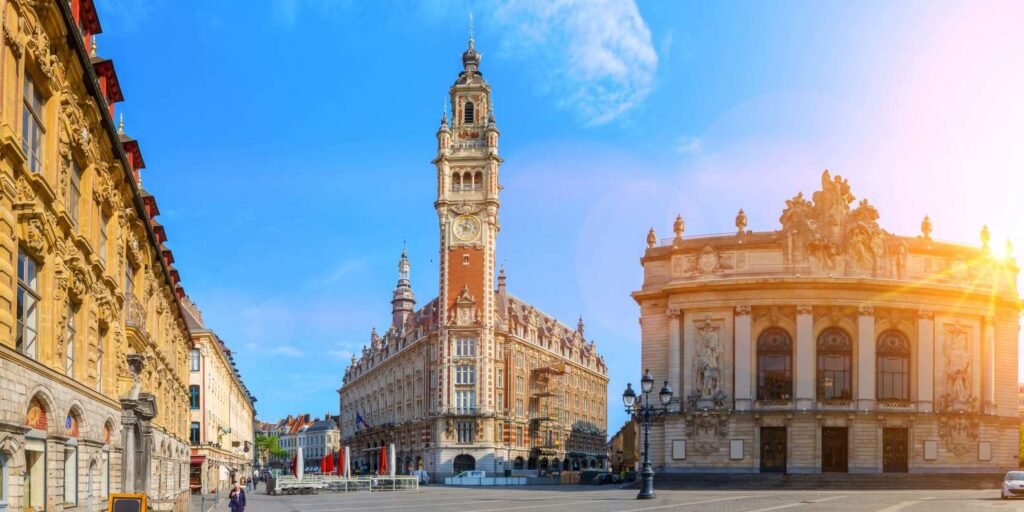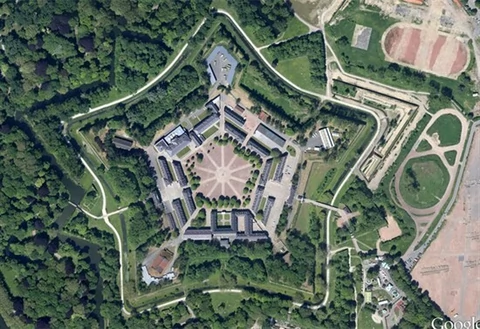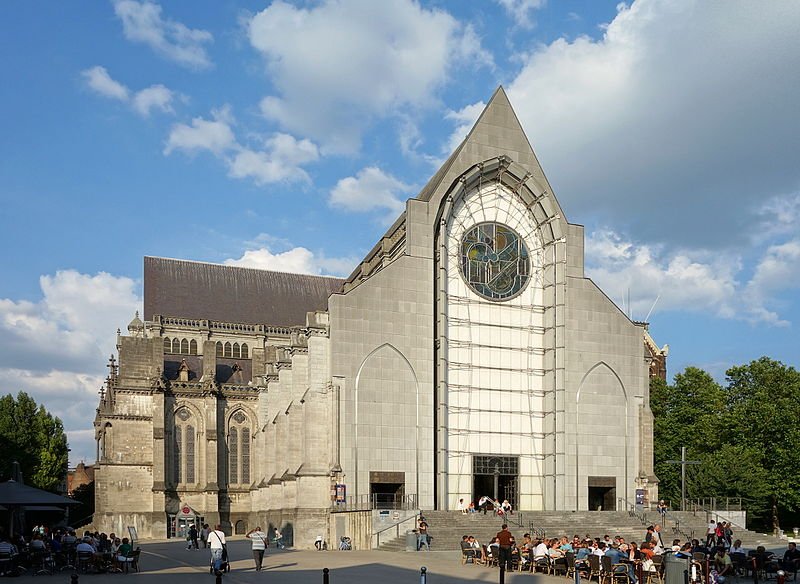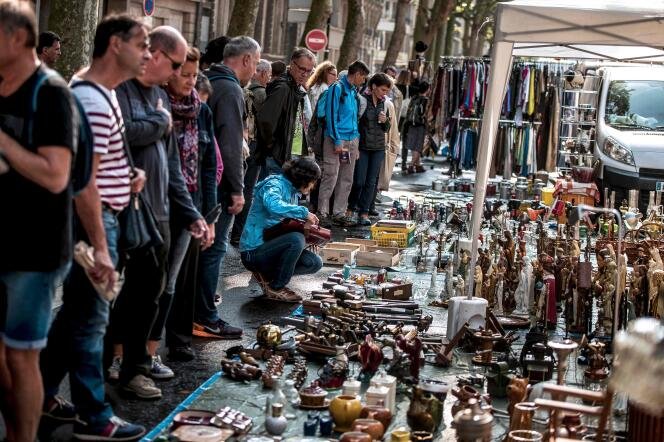Lille delights with its architecture, colorful building facades, charming streets and green nature. What is most worth seeing there?
Lille is a French city located about 20 km from the border with Belgium. The city is the fifth largest agglomeration in France and the country’s northernmost metropolis. Lille is located on the Deûle River.

WHAT IS WORTH KNOWING ABOUT LILLE?
– Lille is the capital of the Hauts-de-France region and also the main city of the historic region of Flanders.
– It is the tenth most populous city in France. 220,000 people live here. inhabitants. – The Lille agglomeration has 1.2 million inhabitants and includes 85 towns.
– In the agglomeration, as many as 36% of residents are under 25 years old.
– There are 4 universities in Lille, and about 100,000 people live in Lille and the surrounding area. students. – Lille is home to the largest (apart from the Louvre) French art museum.
– They have 115 hotels, 7 hospitals, 280 monuments, monuments and places of cultural importance, 6 museums, 70 cinemas, including the largest multiplex in France, 97 tennis clubs, 44 swimming pools, 8 golf courses and 2 airports.
– In 1890, Charles de Gaulle, a French politician and president of France, was born here. – In 1983, the world’s first automatic metro began operating here.

The Citadel in Lille is star-shaped and surrounded by a park. Nearby there is also a zoo and a playground with an amusement park for children. The park around the Citadel is impressive, especially compared to other local parks, which are more like a patch of greenery. There is a bicycle rental shop in front of the entrance to the park. So we can ride around and then put the bike back.

La Grand’Place in Lille – This square, which is the heart of Lille, is also called General de Gaulle’s Square. It is surrounded by 17th-century tenement houses, and in the very center there is a fountain and a monument to the city’s defenders. One of the biggest attractions here is the Old Stock Exchange building from 1653, where trades were held until the beginning of the 20th century. It consists of 24 premises connected by an arcade courtyard, and on the outside it attracts attention with a beautiful, richly decorated facade and a high roof with a tower.

Notre-Dame de la Treille Cathedral: This temple was built in the neo-Gothic style in the second half of the 19th century, but over the years it has been often rebuilt so that it no longer resembles the original design. It looks much better inside – it is worth seeing its monumental pillars, numerous chapels and the 12th-century statue of Our Lady of Treille.
Other monuments:
– La Vieille Bourse building (former Chamber of Commerce and Industry)
– Rameau Palace (Palais Rameau)
– Porte de Gand, Porte de Roubaix
– Beffroi de Lille observation tower
– Charles de Gaulle’s house
– Opera de Lille

The first weekend of September is an extraordinary holiday in Lille – La Braderie, the largest flea market in Europe, takes place there. In total, about 100 km of streets are lined with antiques and junk, discounted clothes, books and lots of trinkets that people sell from their homes. This extraordinary event attracts enthusiasts and buyers from all over the world. For 2 days, approximately 10,000 sellers display their goods, and the number of buyers reaches up to 2 million! No wonder that the streets in Lille are closed to car traffic on the first weekend of September.
Discover the charms of Lille if you are looking for an idea for a great weekend away from Paris or an unforgettable holiday.
